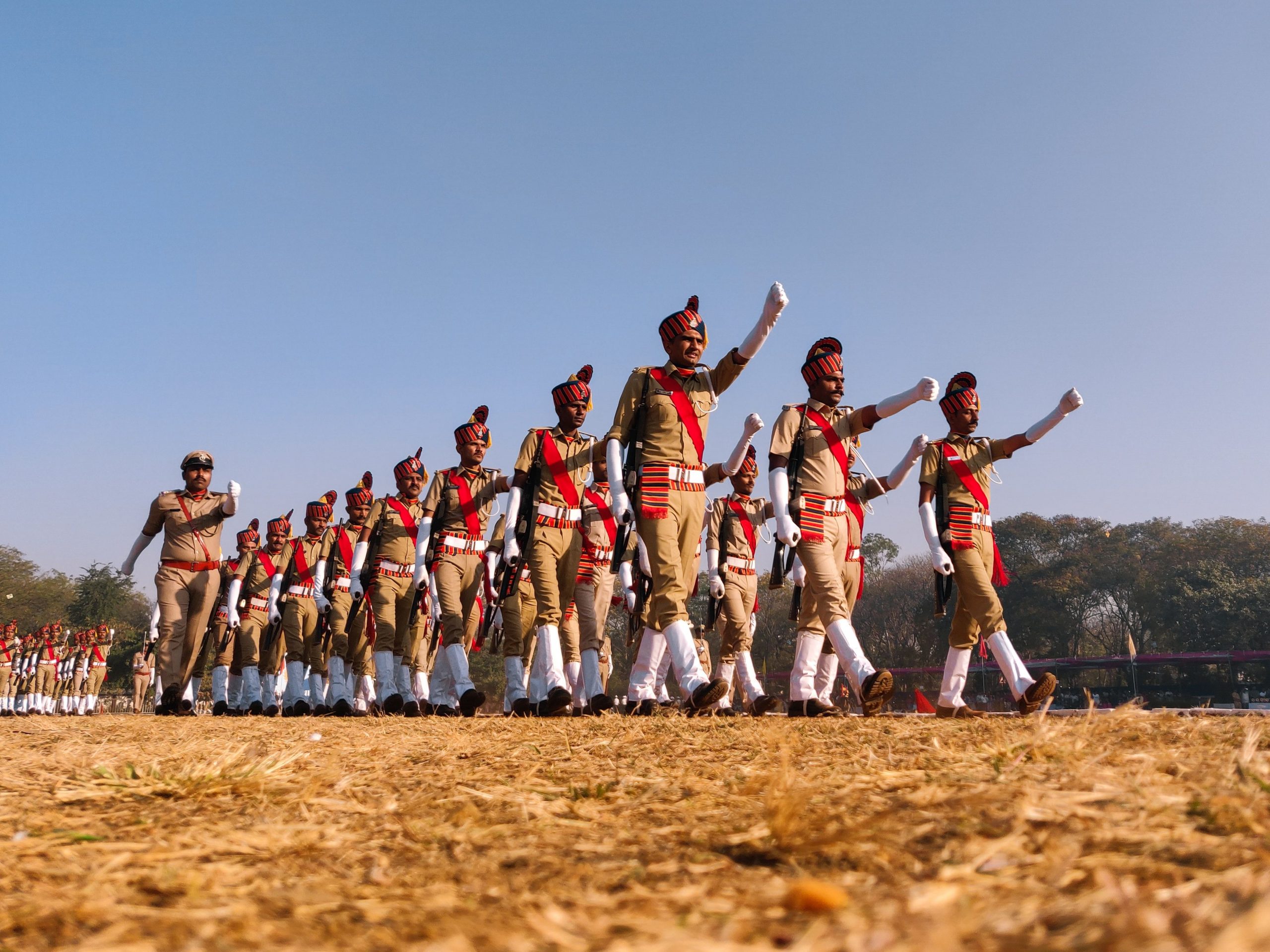Every year on January 15, Indian Army Day commemorates the day when the British commander-in-chief handed over the keys of the Indian army to Field Marshal K.M. Cariappa. As India gears up to celebrate this day in 2022, let us look at some of the most notable moments of the Indian Army.
1949 – KM Cariappa becomes first Indian commander-in-chief of independent India
KM Cariappa was appointed the first Indian commander in chief of the Indian army in January 1949, succeeding British commanding general Sir Roy Bucher. Cariappa’s mission as army chief was to turn the army left by the British into a national military force.
He founded two new units in the midst of fulfilling that task: the Guards Brigade (1949; since 1958, Brigade of the Guards) and the Parachute Regiment (1952), both of which were remarkable for being the first to recruit people from all castes and classes. President Harry S. Truman presented him with the United States military medal of Chief Commander of the Legion of Merit in 1949.
1962 – Sino-Indian war
In October–November 1962, China and India fought a Sino-Indian war. The main cause of the battle was a contested Himalayan border. Following the 1959 Tibetan rebellion, when India awarded the Dalai Lama sanctuary, there had been a series of violent border clashes between the two countries.
To thwart Chinese military patrols and logistics, India began a defensive Forward Policy in 1960, deploying outposts along the border, including several north of the McMahon Line, the eastern section of the Line of Actual Control declared by Chinese Premier Zhou Enlai in 1959. On November 20, 1962, China proclaimed a cease-fire and announced its withdrawal to its claimed “Line of Actual Control,” effectively ending the war.
1971 – Bangladesh Liberation war
After a 13-day battle, India declared victory against Pakistan on December 16, 1971. General Amir Abdullah Khan Niazi, the Pakistani forces’ commander, and 93,000 Pakistani troops surrendered to the united forces of the Indian Army and Bangladesh’s Mukti Bahini. It was also the largest military surrender in history following World War II.
An uprising in East Pakistan against the Islamabad administration sparked the conflict. In East Pakistan, Pakistani forces were perpetrating atrocities against Bengalis and the minority Hindu community. Indira Gandhi, the former Indian Prime Minister, then opted to support the former East Pakistan.
1999 – Kargil War
The entry of Pakistani troops posing as Kashmiri militants into positions on the Indian side of the Line of Control, which serves as a de facto boundary between the two states in Kashmir, sparked the war. Pakistan blamed the fighting entirely on independent Kashmiri insurgents in the early stages of the conflict, but documents left behind by casualties and later statements by Pakistan’s Prime Minister and Chief of Army Staff revealed the involvement of Pakistani paramilitary forces led by General Ashraf Rashid.
The Indian Army, with the help of the Indian Air Force, was able to retake the majority of the positions on the Indian side of the LoC. Pakistani soldiers withdrew from the remaining Indian outposts along the Line of Control after facing worldwide diplomatic resistance.







